Did you know? In rural Uganda, where a classroom of 60 students might share fewer than ten textbooks, students are now dissecting virtual frogs and building robots—guided by global mentors—all through the power of virtual reality. What was once an all-too-common excuse (“I couldn’t learn because I didn’t have the materials”) is being obliterated, one VR headset at a time. This is the digital philosopher’s moment: rather than accept limits, we can now design futures that free African young innovators to learn, build, and lead—no matter where they were born.
“In a rural classroom where textbooks are scarce and science labs non-existent, a single VR headset can summon a world of discoveries.”
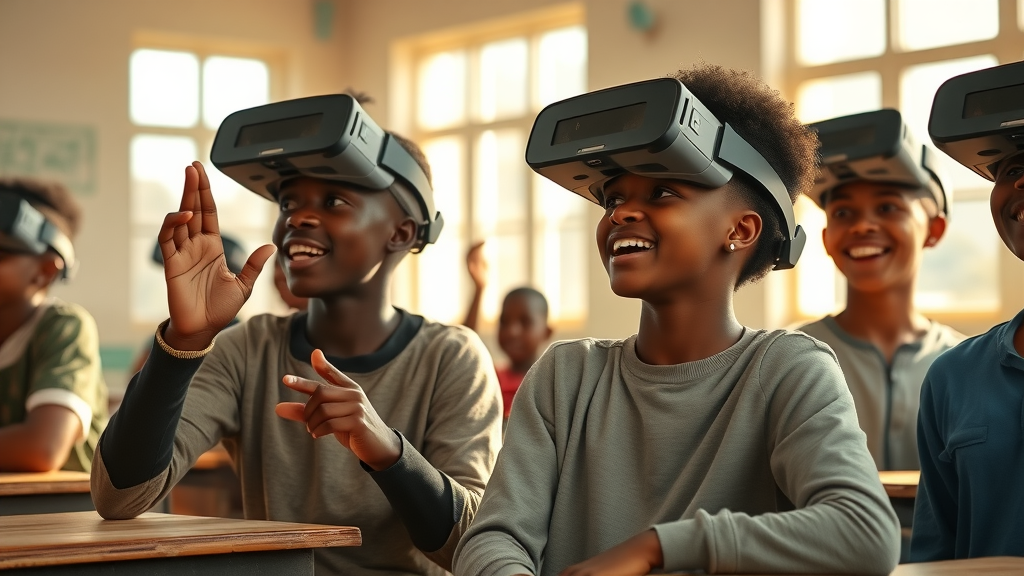
What You'll Learn: How Virtual Reality (VR) Is Dismantling Educational Barriers for Young Innovators
- The persistent educational barriers rooted in lack of physical resources
- How VR transforms learning for children in rural Uganda
- Real-world stories of global expert access and equalized learning opportunities
- The ethical imperative for sovereign, human-centered AI and VR integration in African classrooms
- The new definition of educational equity in a digital age
The Traditional Barrier: When 'I Couldn’t Learn Because I Didn’t Have the Materials' Halts Innovation
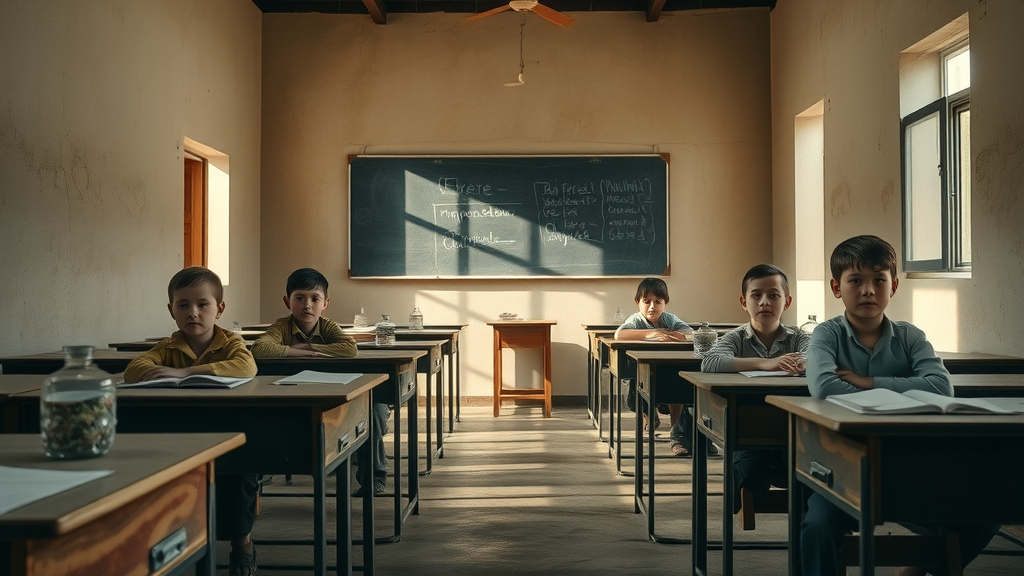
For decades, the refrain echoed through African classrooms—“I couldn’t learn because I didn’t have the materials.” This reality isn’t a phantom but a daily struggle for millions. In much of rural Uganda and across the continent, basic supplies such as textbooks, science lab equipment, and even desks are in short supply. Many educators contend with student-to-teacher ratios so high—often an overwhelming 1:60—that personalised learning is nearly impossible. According to UNESCO (2022), about 98% of schools in Uganda lack functioning science labs. Textbooks, the building blocks of academic exploration, might be stretched between six or more eager learners.
This scarcity fundamentally limits who gets to experiment, explore, and innovate. It doesn’t just slow progress—it outright halts it. As children sit in classrooms with bare chalkboards and shared, battered books, dreams of invention fade before they truly begin. The digital philosopher asks: How can Africa’s youth build a future they’ve never seen, when the tools to imagine it are beyond their grasp? This is the crucible of d c, d e, and d h—where potential collides with blockage. It is time to dismantle this wall.
Rural Uganda’s Challenge: Scarcity of Labs, Machines, and Educational Tools
- Teacher-to-student ratios often exceed 1:60
- 98% of schools lack functioning science labs (UNESCO, 2022)
- Textbooks shared by up to six students per classroom
“Education is a sovereign journey, yet the lack of resources too often impounds young visionaries before they’ve even begun.”

VR in African Schools: A New Era of Start with the All-Too-Common Excuse Disruption
Today, the story grows brighter. Virtual reality (VR) rewrites the script entirely—flipping the story of scarcity into one of abundance. Now, with a headset and well-designed software, students can immerse themselves in digital laboratories, master chemistry through simulation, or walk through molecular biology models in three dimensions. This technology is not mere novelty; it’s the lever with which young innovators in places like Mbale, Kisoro, and Gulu can vault beyond traditional confines.
What does this new dawn look like? The impact is as tangible as it is transformational. e h, e l, n c—all these keywords point to one central revelation: physical distance and resource deficits are no longer determinative. With VR, a child in a rural classroom has access to the same brain-expanding tools as one in the world’s best-funded schools. The start with the all-too-common excuse can end—right here, right now.
From Imagined Possibility to Lived Reality: Stories from Ugandan Classrooms
- Children in Mbale perform simulated chemistry experiments using VR
- Learners in Kisoro connect with robotics mentors in Silicon Valley via immersive sessions
- A single device unlocks direct access to global experts and digital tools

These examples are no longer theoretical. Mbale’s virtual labs empower students to mix chemicals safely, observe molecular reactions up close, and build problem-solving confidence. In Kisoro, schools are pioneering remote mentorship—VR headsets allow students to interact with robotics engineers from Silicon Valley, not just passively watching, but collaborating in real time on projects. This is d o, e p, y c, y o in action. Even with one shared device, learning is profoundly interactive, and access to digital resources is equalised. The technology doesn’t just supplement the classroom experience—it transforms it into a launchpad for genius.
VR as the Equalizer: 'No More I Had No Tools'
“With VR, every student has a front-row seat in the laboratory of the future.”
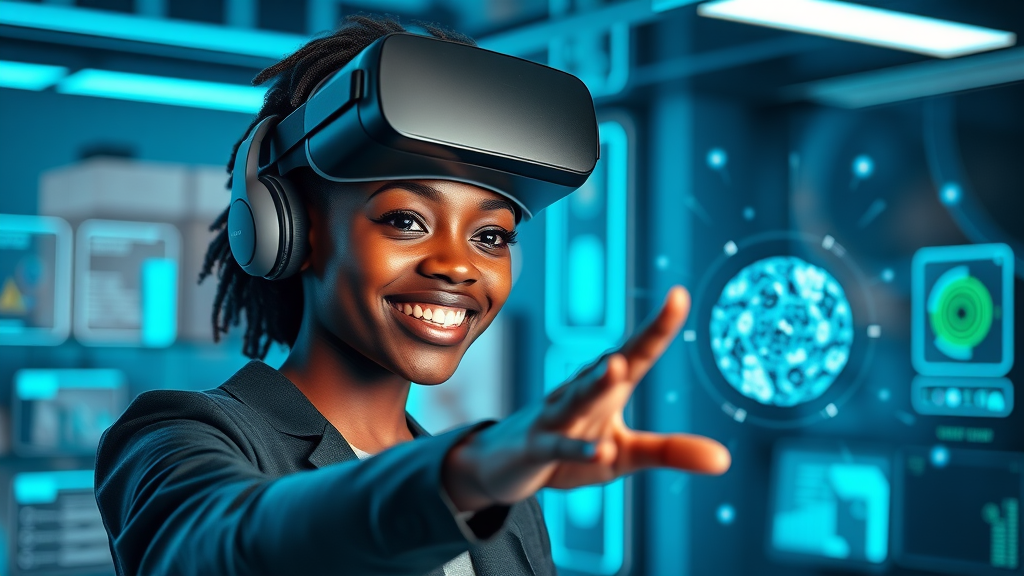
Where previously only the privileged few could dream of world-class learning tools, VR makes every child an equal participant. Instead of relying on physical materials that are perpetually in short supply, the digital realm grants all pupils the same immersive scenarios—science, engineering, literature, and art are open for exploration on an equal footing. This revolutionary shift upends the old hierarchy, letting students from Africa’s rural heartlands learn as much, as deeply, and as creatively as peers anywhere else on the planet.
This is not about mere entertainment or digital distraction; it’s about giving hope form and function. When “I have no tools” is no longer true, innovation thrives—freeing new minds to solve not just local, but global challenges. As e h, e l, and n p continue to show, empowering students with world-class digital experiences is the first step toward sovereign, sustainable African innovation.
Ethics and the Sovereign Code: Human-Centered AI and VR in African Learning
Demystifying AI & VR: The Digital Philosopher’s Mandate
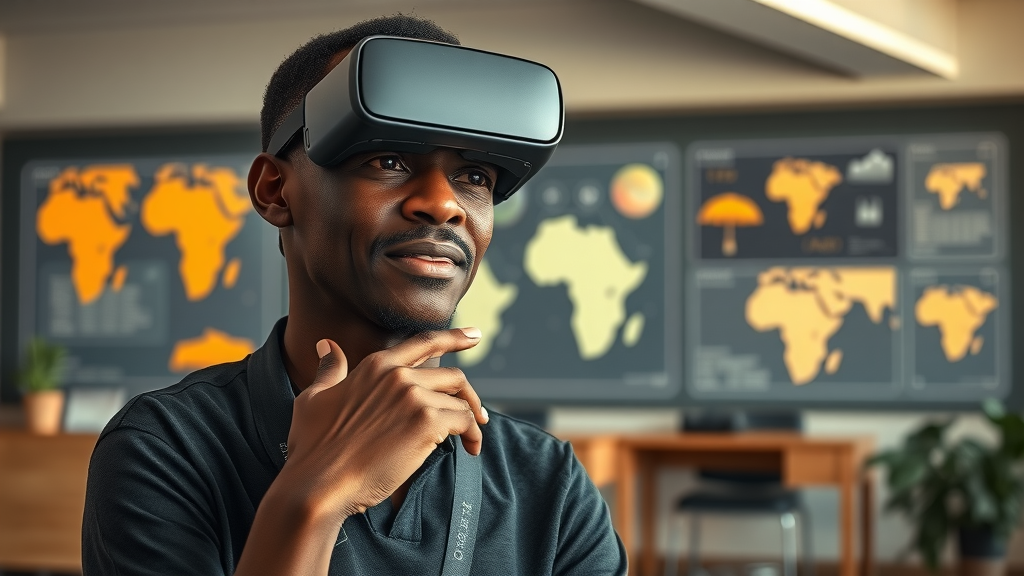
To ensure this abundance remains a force for equity, not new forms of digital subjugation, it is essential for Africa’s leaders to apply a wise, ethical framework—the “Sovereign’s Code.” As the digital philosopher, I am compelled to ask: Who owns the code? Who controls the infrastructure? Tools are only as liberating as the intentions and policies that undergird them. e o, e n, e m, n c all highlight why this matters: the Sovereign Code demands local ownership, ethical governance, and relentless safeguarding of learners’ data, safety, and culture.
Ethical AI and VR must mean developing content in local languages, referencing indigenous wisdom, and adapting to learners’ real-world needs—not imposing a one-size global model. Privacy, especially for vulnerable children, is non-negotiable. To thrive, African schools must avoid digital colonialism—this digital age must be built by Africa, for Africa.
- Avoiding digital colonialism: Own and control the infrastructure
- Culturally relevant, context-specific curricula
- Privacy and safeguarding vulnerable learners
| Traditional Paradigm | VR-Powered Paradigm |
|---|---|
| Resource constraint | Scalable digital labs |
| Physical boundaries | Access from anywhere |
| Expert limitations | World-class mentorship for all |
People Also Ask: Addressing Common Questions on VR in African Education
How does VR overcome the material shortages faced by many African schools?
VR replaces the need for expensive, scarce materials by digitally simulating them. Instead of a costly science kit, a VR app can provide interactive lessons in physics, chemistry, and biology—granting all students access to the very same resources, regardless of their school’s economic situation. This is transformative for rural communities, where the cost of importing or maintaining lab equipment is prohibitive. VR fosters curiosity and practical understanding without geographic or supply-chain limitations, demonstrating that digital content can be as, if not more, effective than traditional materials.
Is VR accessible for all students, including those in rural Africa?
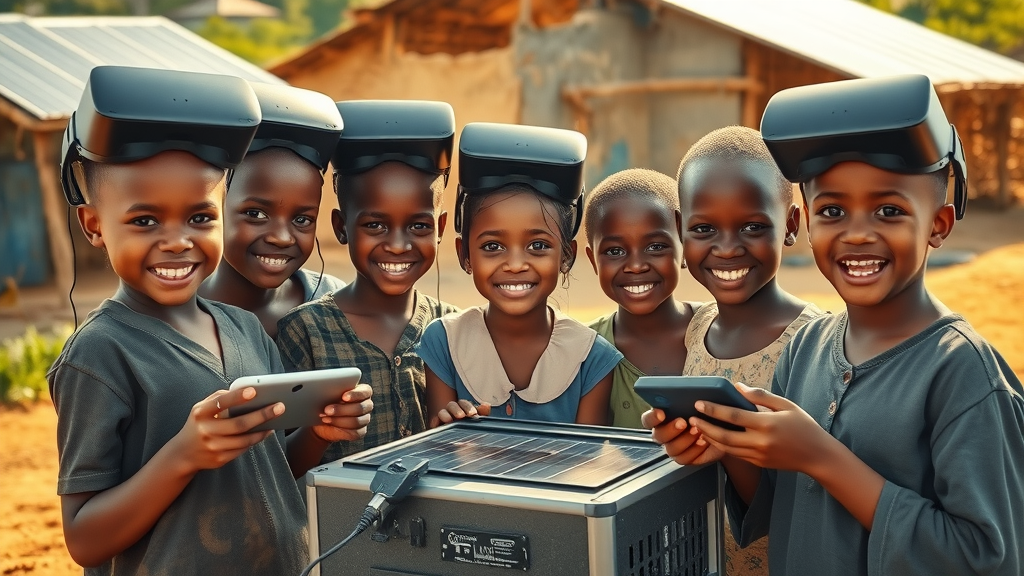
Accessibility is improving rapidly. While not every classroom yet has a VR headset, innovative solutions—like solar-powered charging stations and device-sharing initiatives—are narrowing the digital gap in rural Uganda and other African nations. Even a single device can rotate among classes, maximising impact. Partnerships with tech companies and NGOs further drive down costs. Moreover, VR requires only basic connectivity, making it more feasible to deploy than a fully equipped physical lab. The new era of f m, e o, e l is one of scalable, shared access.
What are the ethical concerns with deploying VR and AI in African classrooms?
Ethical issues include data privacy, cultural relevance, and digital sovereignty. If VR platforms and content are imported wholesale, there’s a risk of digital colonialism—imposing foreign values and curricula on African learners. Sensitive data could be mishandled if not controlled locally. The answer is clear: Africa must lead in shaping the vision, content, and guardianship of its educational technology. The digital philosopher asserts—ethical, inclusive AI and VR must be designed with Africa’s own hands, minds, and hearts.
Key Takeaways: Start with the All-Too-Common Excuse No More
- VR removes the reliance on physical learning tools, unlocking opportunity in even the most resource-constrained environments
- African learners can now leapfrog traditional educational hierarchies
- A sovereign, ethical framework is key to protecting Africa’s educational and digital futures
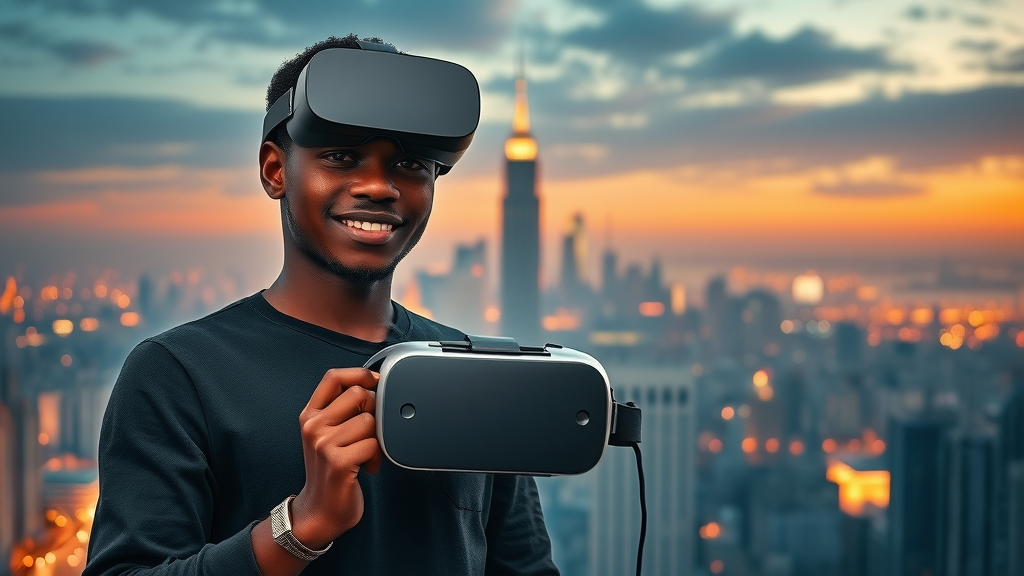
FAQs: The Future of VR and Innovation in African Classrooms
How can educators be trained to leverage VR effectively?
Training programmes for teachers focus on both the technical and pedagogical aspects of VR use. Professional development workshops, mentorship with experienced EdTech facilitators, and ongoing online courses allow African educators to adopt VR at their own pace. Importantly, these initiatives encourage context-specific lesson planning—helping teachers use VR not as a gimmick, but as a powerful, inclusive learning tool that supports their curriculum and teaching style.
What makes VR more transformative for Africa than incremental improvements to traditional education?
VR’s revolutionary power lies in its ability to leapfrog generations of underinvestment. Incremental improvements—like distributing a few more textbooks—can help, but they don’t solve the foundational inequity. VR, by contrast, transcends physical barriers instantly, connects learners to world-class resources, and ignites creativity that is otherwise impossible in scarce settings. It puts African innovation on par with the globe’s leading tech powers, marshalling e o, e m, and n c for maximum long-term impact.
See VR Innovation in Action: Ugandan schoolchildren using headsets to connect with global STEM mentors.
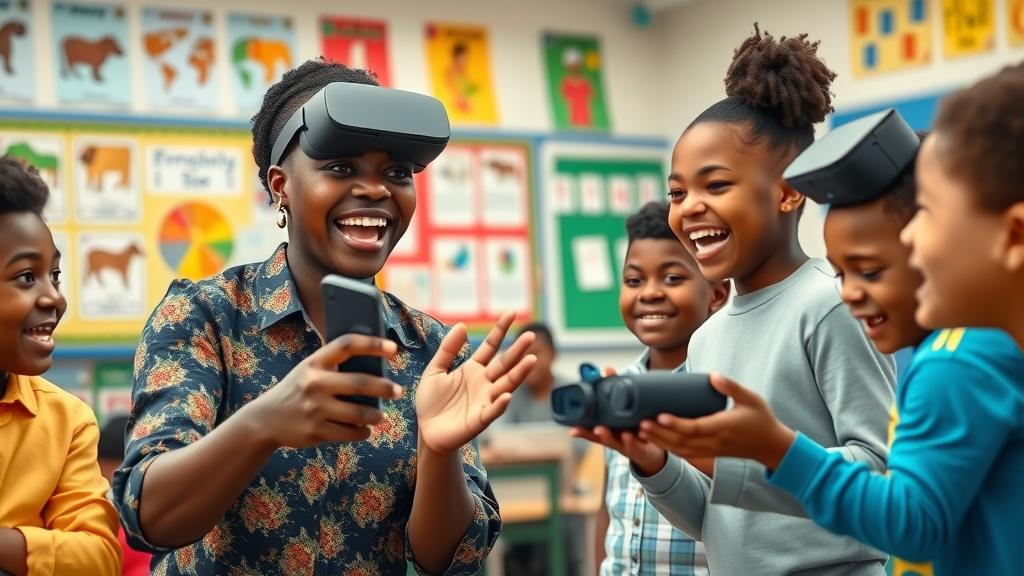
Conclusion: Architecting the Next Generation of African Genius—No More Excuses, Only New Possibilities

Let us build on these breakthroughs. African children no longer need to wait for books or labs to dream and invent. The era of “I had no tools” is over; with VR and an ethical, sovereign digital agenda, every child can become the architect of their own genius.
Invest in the Minds which Will Build the Future of Africa
- Discover Fanancial Fitness Fortunes Hub News: https://futurepreneurs.fanancialfitnessfortunes.com/hub-news
- Subscribe to AI In Africa Digital Media Channel: https://aiafricanews.com
Sources
Virtual reality (VR) is revolutionizing education in Uganda by providing students with access to resources previously beyond their reach. The Uganda Institute of Information and Communications Technology (UICT) has launched an Augmented and Virtual Reality (AVR) laboratory, equipped with VR headsets, AR glasses, and high-resolution smart screens, to modernize learning and equip students with future-ready skills. (kampalapost.com) Additionally, Carnegie Mellon University learning scientists are partnering with Yiya AirScience, a virtual classroom accessible without the internet, computers, or smartphones, to improve technology and better understand how learners are using it. (cmu.edu) These initiatives demonstrate how VR is dismantling educational barriers, enabling students in rural Uganda to engage in interactive STEM education and connect with global experts, thereby transforming their learning experiences.
 Add Row
Add Row  Add
Add 




Write A Comment